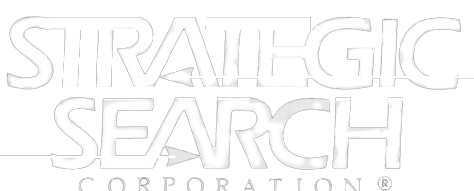Recruiting by U.S. employers increased in January as more talent joined the workforce. The Labor Department said on Friday that non-farm jobs increased a seasonally adjusted 227,000 in January, the best recruitment gain since September.
Many Signs That Employers Are Increasing Recruiting
Despite the unemployment rate to rising to 4.8% from 4.7% a month earlier, many employers are increasing recruiting. A lot of this rate jump may be attributable to workers, who gave up job searches, now returning to the jobs market due to its steady expansion in recent years.
Last month’s job gains were broad based across a range of industries.
Retailers added 46,000 jobs, led by clothiers. Construction employment grew by 36,000, a significant pickup from the industry’s 2016 trend. Jobs in finance and professional services also grew healthily. However, healthcare jobs slowed to an increase of only 18,000 job vacancies last month.
Additionally, most of my engineering recruiters, as well as technical recruiting firms that we have surveyed over the past several months, have noticed increasing job vacancies for scientific, engineering, R&D (Research and Development), IT (Information Technology) and manufacturing technology employment. This is especially true for recruitment of engineering professionals in cutting-edge technology industries like AI (Artificial Intelligence), IoT (Internet of Things) and robotics, where job vacancies far exceed the pool of viable technical talent.
The jobs report also portrayed a labor market that carried momentum into 2017 as Donald Trump ’s administration took office. The economy added a monthly average of 187,000 jobs in 2016, extending a historically long stretch of job growth following the severe 2007-2009 recession. Job growth over the past three months averaged 183,000.
However, There Are Still Troubling Staffing Signs
Conversely, the jobs report did offer some troubling signs that the labor market may not be as strong as previously thought and that it may not have reached full potential. Workers’ wages, for example, rose only modestly after signs of a pickup last year. The average hourly earnings of private-sector workers climbed 3 cents, or 0.12%, from December, below the 0.3% gain expected by economists. Wages grew 2.5% in the 12 months through January—big enough to cover higher consumer prices, but a modest gain historically.
Many economists had expected a bigger wage gain due to minimum wage increases that took effect in 19 states at the turn of the year.
Meanwhile, the share of Americans with jobs or actively looking for ones—the labor-force participation rate—rose to 62.9% in January from 62.7% in December. Even with the increase, the rate remains near the lowest level since the 1970s.
But modest wage growth coupled with the increase in the labor force may be signs the job market has room to improve and that employment may not yet be at what the Fed considers the economy’s maximum sustainable level. Gauging the level of labor-market slack in part hinges on whether millions of Americans in their prime working years will come off the sidelines and enter the labor market. Labor-force participation has failed to pick up significantly throughout the jobs expansion, though it has stabilized since late 2015.
A broad measure of unemployment and underemployment, which includes discouraged workers who have stopped looking and those in part-time jobs who want full-time positions, stood at 9.4% in January, up from 9.2% in December.
Need To Take A Sales Approach To Generating Interviews!
With many a job candidate fighting for the staffing vacancies you desire, you need to take a sales approach to landing your next interview. This is especially important since doing well in interviews is probably the most important step in landing your next job.
In order to better understand what I mean, please go to a series of short videos I prepared for you and click go to and click on #1, 2 and 3 above to use these three videos in concert. These will help you take a sales approach to generating interviews and landing your next job.
In essence, I am recommending viewing the whole interview process like a top salesman would. Look at the interview process as a numbers game. The more people you call on, the more likely you will land an interview. Set a goal to meet ten new people every day. Share with each your 30-second elevator pitch. The key is you never know who may know about your next job lead. So remember to take a sales approach to interview generation. This will help you in this tight jobs market or for any job you seek in the future!





